Nowadays, we find numerous cosmetics that present the text “free of parabens”, “without parabens”, “paraben free”, etc.
What are parabens?
Parabens are one chemical compounds that act as preservatives of a product, increasing its period of use and preventing the product from losing effectiveness.
What can they cause?
The concentration of these substances is so low in cosmetics that Its effect on the body is practically negligible. In fact, the Spanish Medicines Agency ensures that no cosmetic product on the market is harmful to health. In any case, it is interesting to know what each thing is, identify it, know how it works and why we should throw it away.
Where can we find parabens?
In toothpastes, creams, deodorants, shampoos, gels, makeup, nail varnishes… although we can also find them in foods such as pastries, pre-cooked foods, sauces, etc.
How can we identify them?
Parabens are a group of 6 preservatives and in the EU they have been assigned the following codes: E214, E215, E216, E217, E218 y E219. In cosmetics they can also be identified with these names: Sodium Benzoate, Sodium (and Ammonium) and Laureate Sulphate.
What parabens are allowed?
There are differences in the safety of the many compounds that make up this family, depending on the data available on them. Those admitted by cosmetics legislation in Europe are:
- Methylparaben and ethylparaben: They are not a cause for concern if used in permitted concentrations. They are safe and efficient preservatives. They will appear at the end of the cosmetic ingredients list (it means they are present in low quantities). These preservatives must be in a maximum of 0,4 % of concentration in a product (or 0.8% if mixed).
- Butylparaben and proylparaben: although its concentration is usually low, the Scientific Committee on Consumer Safety of the European Commission, SCCS, has recommended reducing its legal limit. Recently The European Commission has limited the use of these parabens to 0.14%, either when used alone or mixedIn addition, they are prohibited in products intended for the diaper area for children under 3 years of age, such as baby bottom creams, since the skin in the diaper area may be damaged or irritated, which would increase the risk of absorption of these. substances.
- The OCU also advises that, as a precaution, avoid butylparaben y propylparaben in products that remain on the skin (creams and body lotions) for several hours, as well as in children under 3 years of age and pregnant women.
What parabens should be avoided?
The European Union banned the parabens isopropylparaben and isobutylparaben in 2014., and others such as phenylparaben, benzylparaben or pentylparaben (actually very little used). It is considered that there is not enough information about its risks so it is not possible to evaluate its safety and therefore they should not be used.
The alternative to products with parabens is to look for products with labels “paraben free” o “paraben-free” for this we can choose ecological products that, in addition to not containing parabens, also do not contain other synthetic chemicals such as paraffins or perfumes.
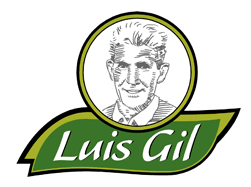
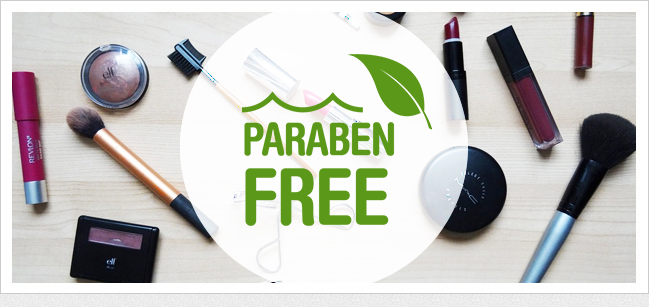

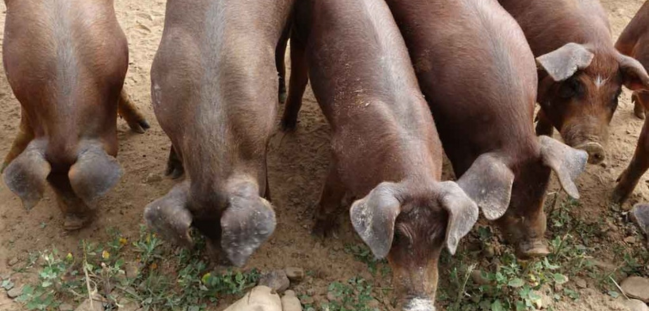
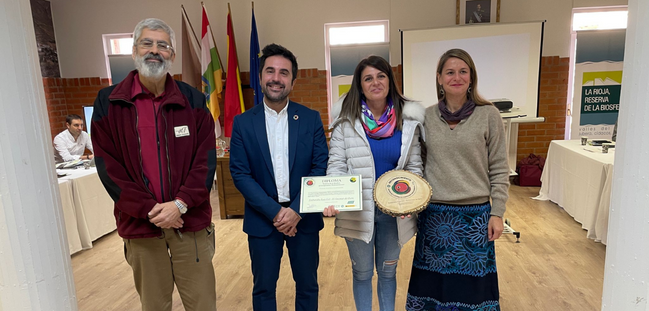
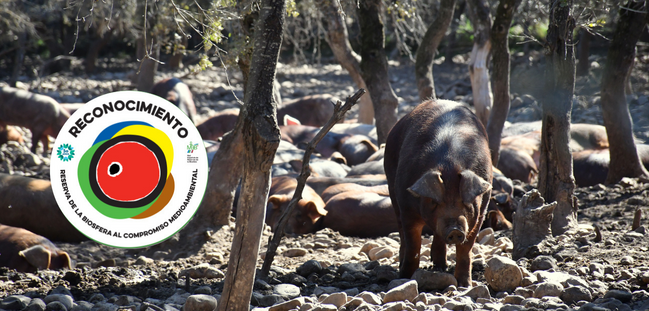
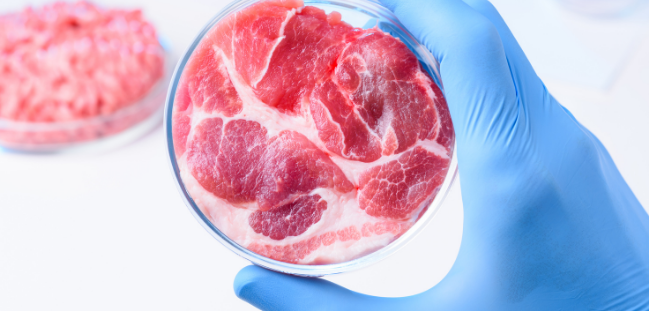


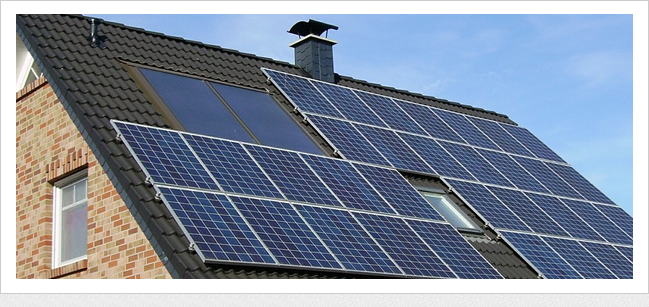
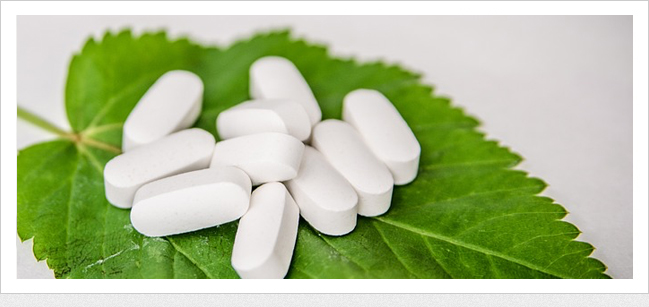
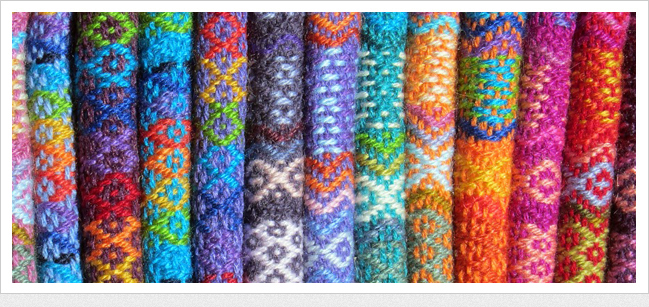
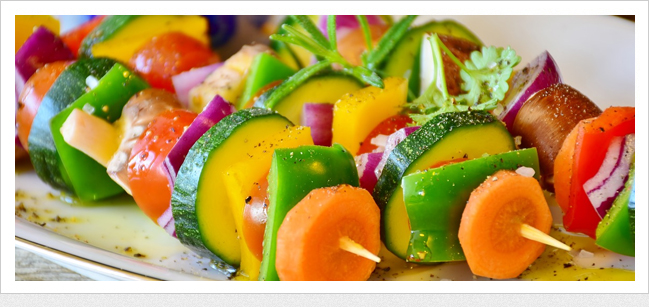
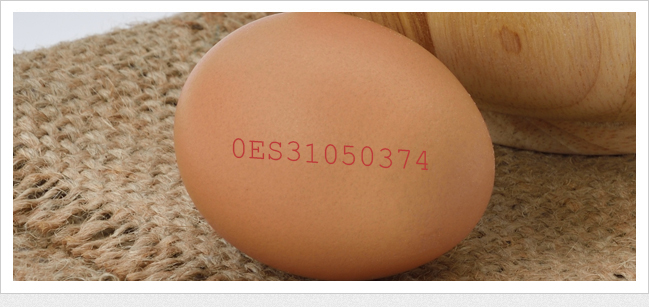

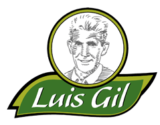
As the article says, parabens are compounds that are used as preservatives. What worries me most about all this is that in the end they remove the parabens and add other worse things.
For that reason I like to make my own natural cosmetics. To make it I usually use extra virgin olive oil, honey, aloe vera, rosehip…. And when I don't have time I usually buy the Castillo de Peñalver brand
Thanks for your contribution Javier!
That's what I had heard: that its concentrations are very low. However, I am left wondering if using many cosmetic products that contain parabens in your daily routine reaches dangerous concentrations. I mean together.